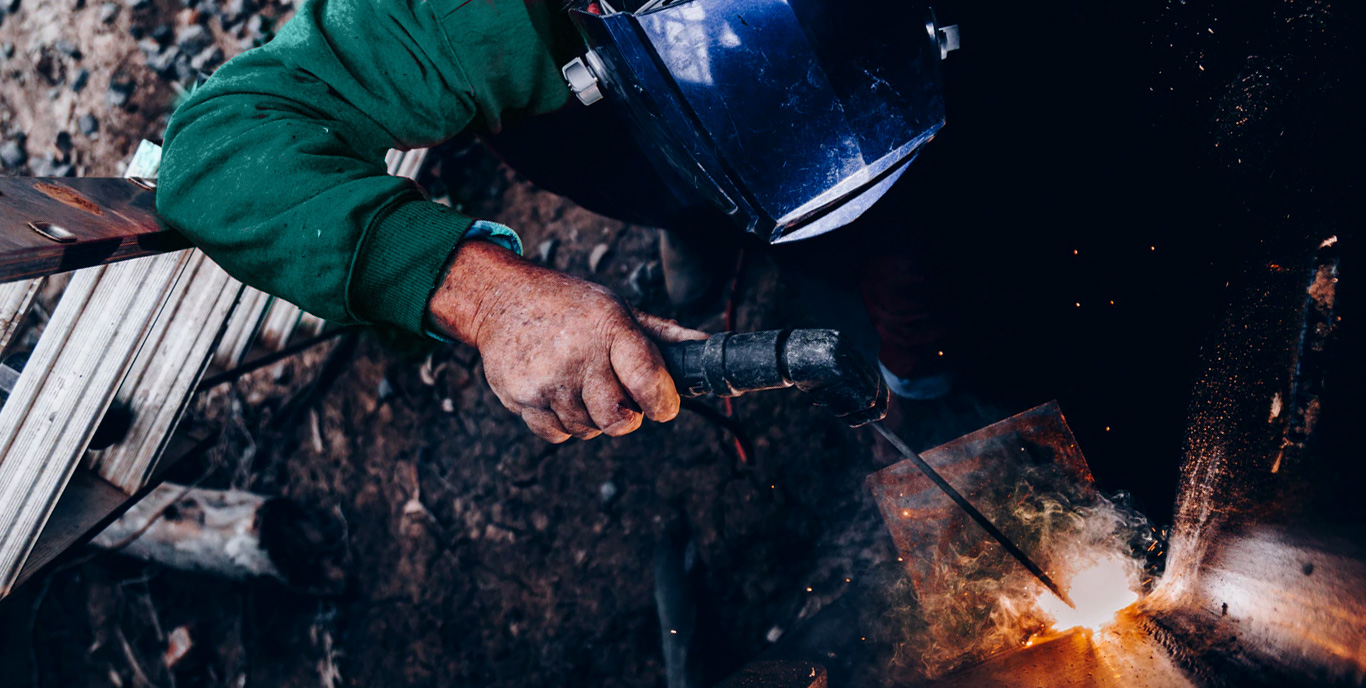- Home
- Science
- Our Work
- Air Pollution
- Agriculture, Farming and Pesticides
- Asthma and other Lung Diseases
- Coronavirus Pandemic (COVID-19)
- Exposure to Chemicals and Dust
- Exposure to Nanomaterials
- Human Exposure
- Neurodegenerative Diseases
- Musculoskeletal Disorders
- Occupational Cancer
- Sustainable Working
- Sustainability and Climate Change
- Stress, Wellbeing and Psychosocial Issues
- COVID-19 IOM Study of Face Coverings in Retail Environments
- Styrene Study
- PROTECT COVID-19 National Core Study
- Firefighters and Cancer – IOM Report
- MORtality Study of Former Professional Footballers in England and Wales (MORSE) Study
- Our Scientists
- Our Expertise
- Nano Material Services
- Development and Management of Data and Information Systems and Services
- Ergonomics Design and Evaluation
- Epidemiological Studies & Methods
- Exposure Assessment
- Health Impact Assessment (HIA) and Risk Assessment
- Policy Evaluations
- Study Design and Statistical Analysis
- Systematic Reviews and Meta-analyses
- Toxicology
- Workplace Cluster of Disease
- IOMLIFET
- IOM Scientists Advocate Tighter Standards for Airborne Dust at Work
- Research Project on Work Related Musculoskeletal Disorders
- Styrene Study
- Firefighters and Cancer – IOM Report
- IOM Library
- Contact our Research Experts
- Our Work
- Occupational Hygiene
- Case Studies
- Air Quality Sensors
- COSHH Assessment
- Dust Exposure
- Environmental Management
- Face Fit Testing
- Hand-Arm Vibration
- Indoor Air Monitoring
- Laboratory Animal Allergens
- Legionella Risk Assessment
- Local Exhaust Ventilation
- Noise Monitoring
- Thermal Exposure Monitoring
- Workplace Exposure Limits (WELs)
- Welding Fumes
- Remote Monitoring Services
- Formaldehyde Exposure Monitoring
- Biological Agent Exposure Monitoring in Waste Management
- Chromium VI
- Occupational Hygiene – Quick Quote
- Lab Services
- Asbestos and other Fibres
- Asbestos Sample Testing
- Asbestos Proficiency Testing
- Dust and Crystalline Silica
- Lead in Paint
- Metals, acid anions, acid gases
- Microbiology
- Pharmaceuticals
- Solvents & Other Organic Chemicals
- Hazard Assessment and Toxicology
- Dustiness Testing of Bulk Powders
- Testing the effectiveness of protective coverall and PPE
- Lab Services Quick Quote
- Hospital Ventilation
- Authorising Engineer
- Dentistry Post Lockdown
- Design Review
- Independent Review
- Diathermic pen and Electro surgical tool testing
- Microbiological Monitoring
- Systems Refurbishment and Upgrade
- Validation and Verification Testing
- HSE COVID-19 Spot Check Inspections
- Training
- Contact Our Hospital Ventilation Experts
- Consultancy
- Our Company
- Contact Us

Welding Fume Exposure
Managing Occupational Exposure to Welding Fumes
How IOM can help
Drawing on decades of experience across IOM is here to support in measurement, analysis and guidance on how to implement suitable and effective control measures. IOM’s expertise also covers COSHH assessments and LEV testing , keeping your workplace compliant and healthy.
The Risk
New evidence requires employers to provide suitable control measures to reduce welding fume exposure to as low as reasonably practicable. In the UK there are around 200,000 welders, with around 40% of them working as professional welders and the remainder carrying out welding as part of their job. Welders are exposed to metal fume, ultraviolet (UV) radiation, noise and other hazards. All welding fume is carcinogenic.
The HSE recommends elimination and reduction of welding fume exposure in the first instance. If unavoidable, HSE states that no welding should be undertaken without control measures in place, ideally local exhaust ventilation systems to remove the fume at it’s source and therefore controlling it. This can be done in a number of ways such as on-torch extraction, extracted benches / booths or moveable LEV all of which IOM can validate and verify for you.
Welding Fume Regulations
Welding fume falls under the Control of Substances Hazardous to Health (COSHH) Regulations with HSE offering the following recommendation:
You can control risks to health from welding fumes by:
- local exhaust ventilation (LEV)
- maintaining control measures and good general ventilation
- welding in a way that produces less fume
- making sure welders understand the risks and how to use controls
- using alternative cold joining techniques
- using respiratory protective equipment (RPE) and personal protective equipment (PPE)
Welding Fumes and Cancer
In 2019 HSE issued an alert for all workers undertaking welding fumes in any industry. Stating that ‘…all welding fume, including mild steel welding fume, can cause lung cancer. There is also limited evidence linked to kidney cancer.’ This makes the threat to human health very clear with HSE strengthening it’s enforcement expectation because ‘general ventilation does not achieve the necessary control.’ IOM’s perspective here is simple. If a threat as serious as this exists to human health, double checking the exposure of not only those welding but people in the surrounding area is paramount to have a healthy and effective workforce. Doing so also ensures compliance and avoids any unintentional workplace exposures which could effect the ongoing health of your workers.

